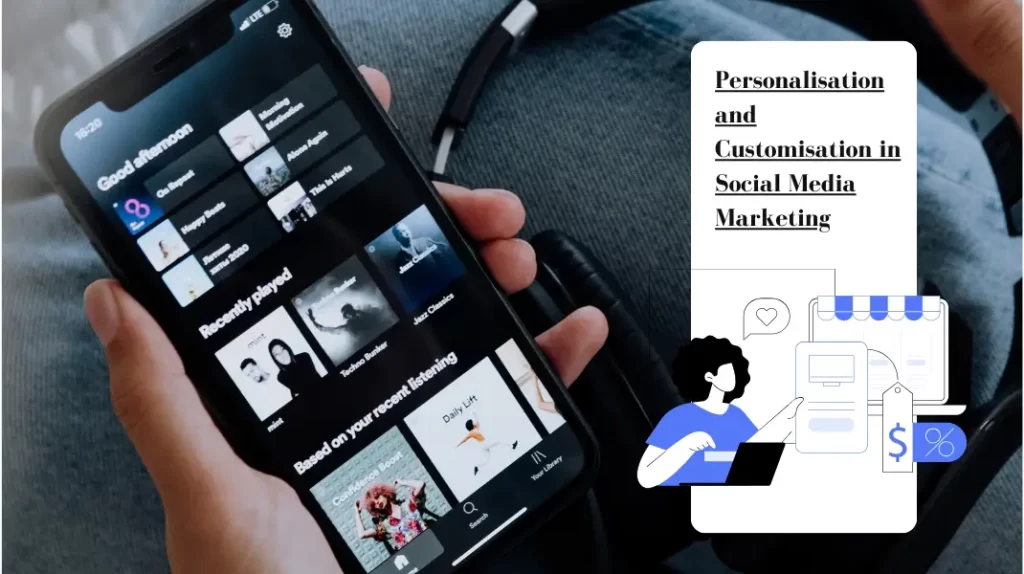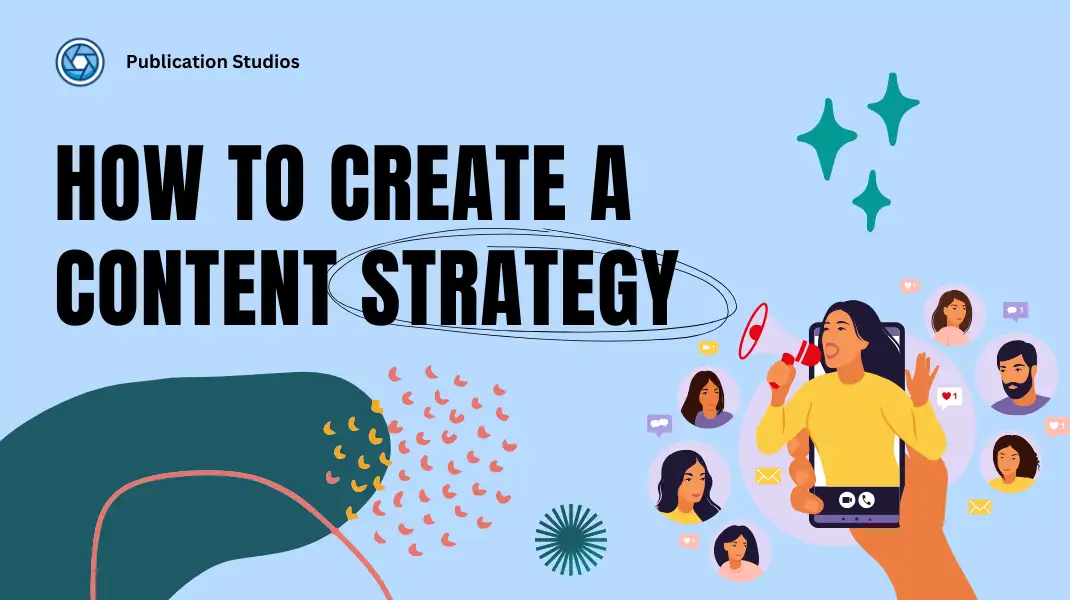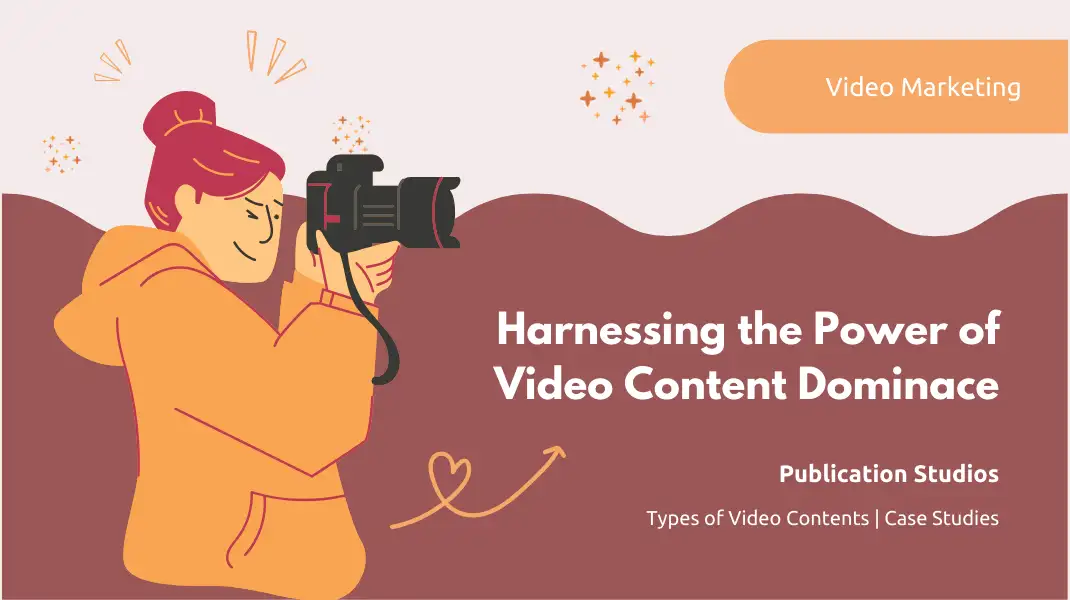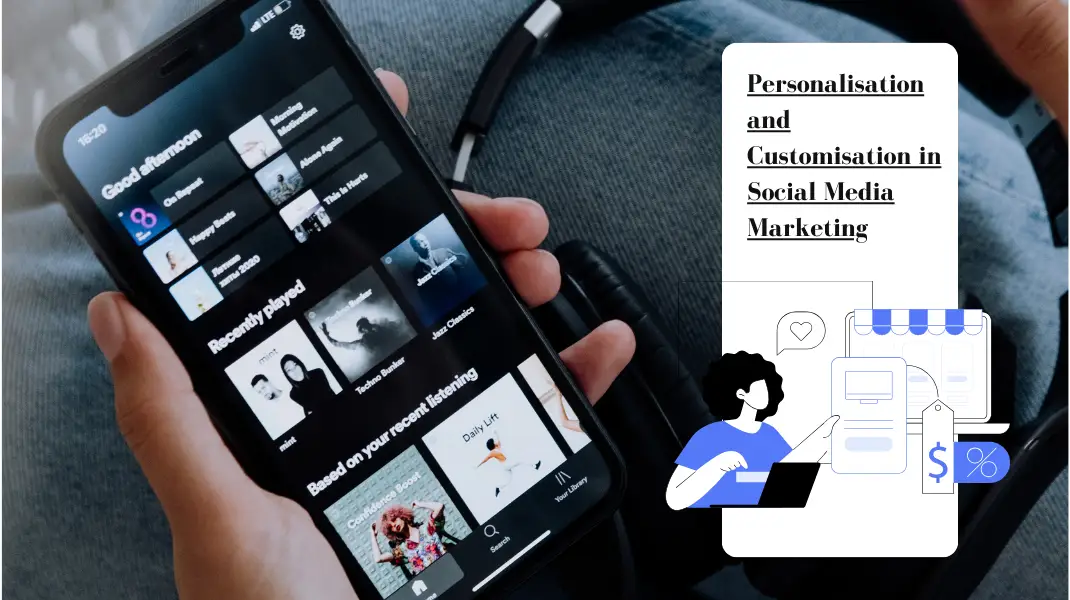In today’s fast-paced digital landscape, personalisation and customisation have become crucial strategies for businesses aiming to engage their audience effectively. Leveraging extensive knowledge and experience in digital marketing, these strategies can transform a business’s online presence.
Understanding Personalisation and Customisation
Personalisation
Tailoring marketing messages and content to individual users based on their behaviours, preferences, and past interactions. It makes the audience feel valued and understood, leading to higher engagement and conversion rates. For example, personalised email campaigns that address customers by name and recommend products based on their previous purchases can significantly boost open and click-through rates.
Customisation
Allows users to modify and interact with content according to their preferences, creating a more engaging and personalised experience. This could include features like customisable product options on e-commerce sites or interactive content that users can tweak to fit their tastes.
How Businesses Can Adopt This Strategy
With deep expertise in digital marketing, businesses can be guided through the process of integrating personalisation and customisation into their social media strategies. Here’s how:
Data Collection and Analysis: Businesses can gather and analyse data on their audience’s behaviours, preferences, and demographics. This involves using tools like Google Analytics, social media insights, and customer surveys to build a comprehensive picture of the audience.
Segmentation: Segmenting the audience into distinct groups allows for the creation of targeted content that resonates with each group. For example, an online retailer might segment their audience by purchase history, browsing behaviour, and demographic information to deliver more relevant product recommendations.
Content Creation: Crafting personalised content for different audience segments ensures relevance and engagement. This could involve creating different versions of a social media ad tailored to various audience segments based on their interests and behaviours.
Automation Tools: Implementing tools and platforms that automate the personalisation process, making it scalable and efficient. Tools like HubSpot, Marketo, and Mailchimp can automate personalised email campaigns, social media posts, and more.
Continuous Optimisation: Regularly analysing performance data to refine and optimise personalisation strategies. This means constantly testing and tweaking the approach based on what the data reveals about the audience’s preferences and behaviours.
Determining Suitability for Your Business
To determine if personalisation and customisation strategies suit a business, consider the following
Audience Size and Diversity
Businesses with a diverse audience can benefit significantly from targeted personalisation. For instance, a large e-commerce platform with varied product offerings can see substantial returns from personalised recommendations.
Data Availability
Access to quality data on customer behavior and preferences is essential. Without detailed insights into the audience, personalization efforts may fall flat.
Resources
Ensure the tools and team are available to implement and manage personalised marketing efforts. This includes both technological tools and skilled personnel who can analyze data and create personalised content.
Goals
Align personalization efforts with overall business goals and objectives. If the goal is to increase customer loyalty and repeat purchases, personalized marketing can be particularly effective.
Case Study (Netflix)
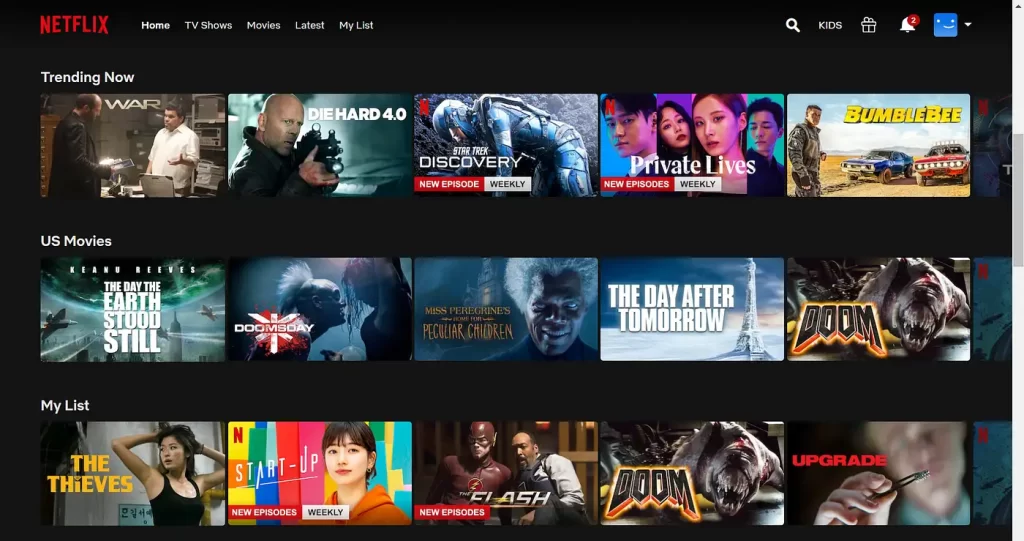
Strategy
Netflix implemented advanced algorithms to personalize content recommendations for its users based on their viewing history and preferences.
Issue
Before adopting personalisation, Netflix struggled with keeping users engaged and reducing churn rates. Users often found it challenging to discover content that matched their interests, leading to frustration and cancellations.
Impact
This personalisation strategy significantly improved user engagement and retention. By tailoring content suggestions to individual tastes, Netflix ensured that users were more likely to find something they wanted to watch, thereby increasing user satisfaction and loyalty. The personalised recommendations led to longer viewing times and a reduction in churn rates, contributing to Netflix’s success.
Case Study (Spotify)

Strategy
Spotify introduced the “Discover Weekly” playlist, customized for each user based on their listening history and preferences.
Issue
Spotify faced the challenge of keeping users engaged with a vast music library, as many users struggled to discover new music that matched their tastes.
Impact
This feature dramatically increased user engagement and retention. The personalized playlist introduced users to new music that aligned with their tastes, fostering a deeper connection to the platform. As a result, users spent more time on Spotify and were more likely to renew their subscriptions, boosting Spotify’s growth and user satisfaction.
Case Study (Amazon)
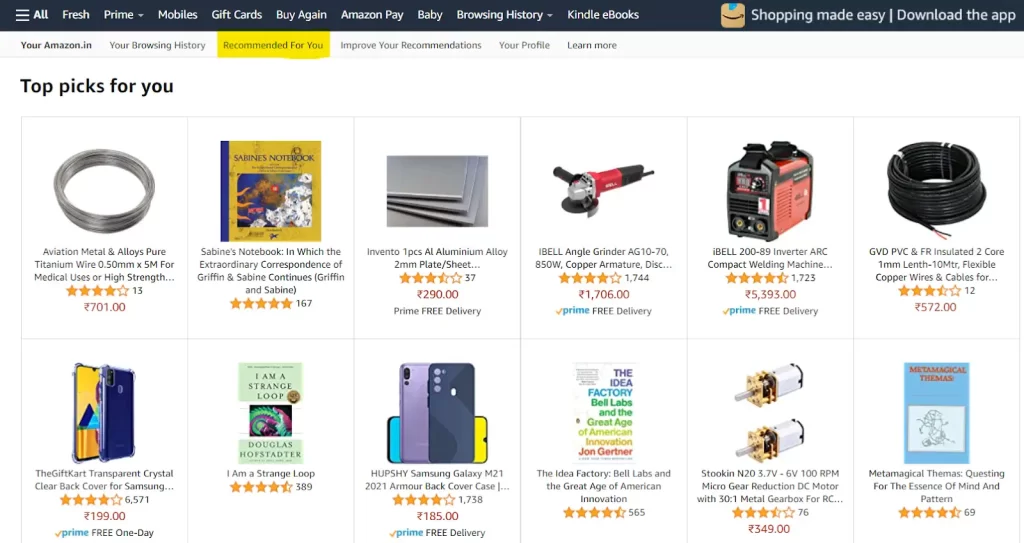
Strategy
Amazon implemented a recommendation engine that suggests products based on user browsing and purchase history.
Issue
Amazon faced the challenge of enhancing user experience and increasing sales in a highly competitive market. Users often found it difficult to navigate through millions of products and discover items that interested them.
Impact
Personalised recommendations accounted for a significant portion of Amazon’s sales. By showing users products they were likely to be interested in, Amazon increased the likelihood of purchases, driving up sales and customer satisfaction. The recommendation engine helped streamline the shopping experience, making it easier for users to find relevant products, which in turn increased conversion rates and customer loyalty.
Social Media Marketing for your Business
Kick Start your Social Media Marketing Strategy with our team of expert to boost your social engagement and convert them into leads and sales.

